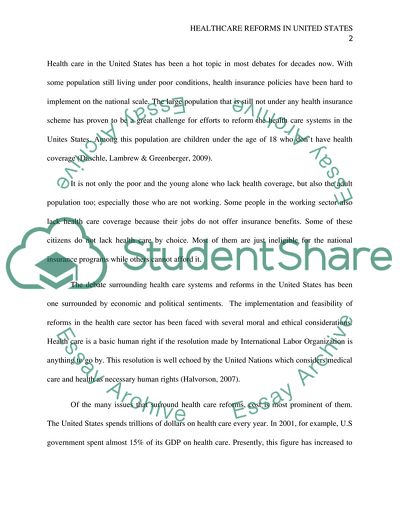Cite this document
(Healthcare Reform in United States Research Paper, n.d.)
Healthcare Reform in United States Research Paper. https://studentshare.org/medical-science/1771114-impacts-of-healthcare-reforms-in-the-united-states
Healthcare Reform in United States Research Paper. https://studentshare.org/medical-science/1771114-impacts-of-healthcare-reforms-in-the-united-states
(Healthcare Reform in United States Research Paper)
Healthcare Reform in United States Research Paper. https://studentshare.org/medical-science/1771114-impacts-of-healthcare-reforms-in-the-united-states.
Healthcare Reform in United States Research Paper. https://studentshare.org/medical-science/1771114-impacts-of-healthcare-reforms-in-the-united-states.
“Healthcare Reform in United States Research Paper”. https://studentshare.org/medical-science/1771114-impacts-of-healthcare-reforms-in-the-united-states.


